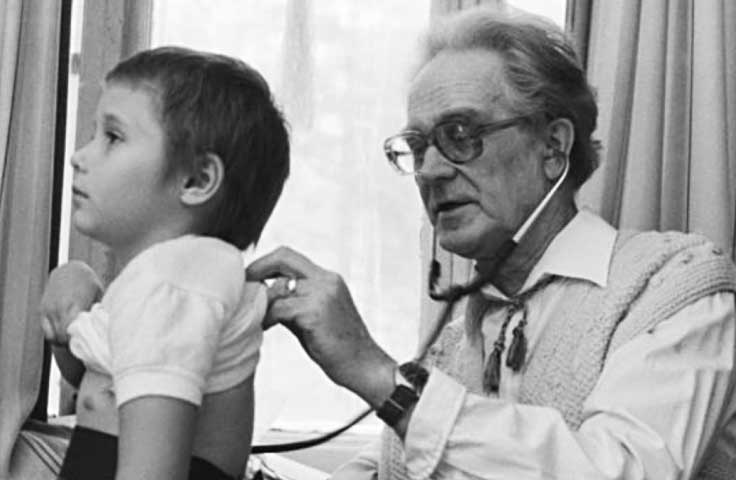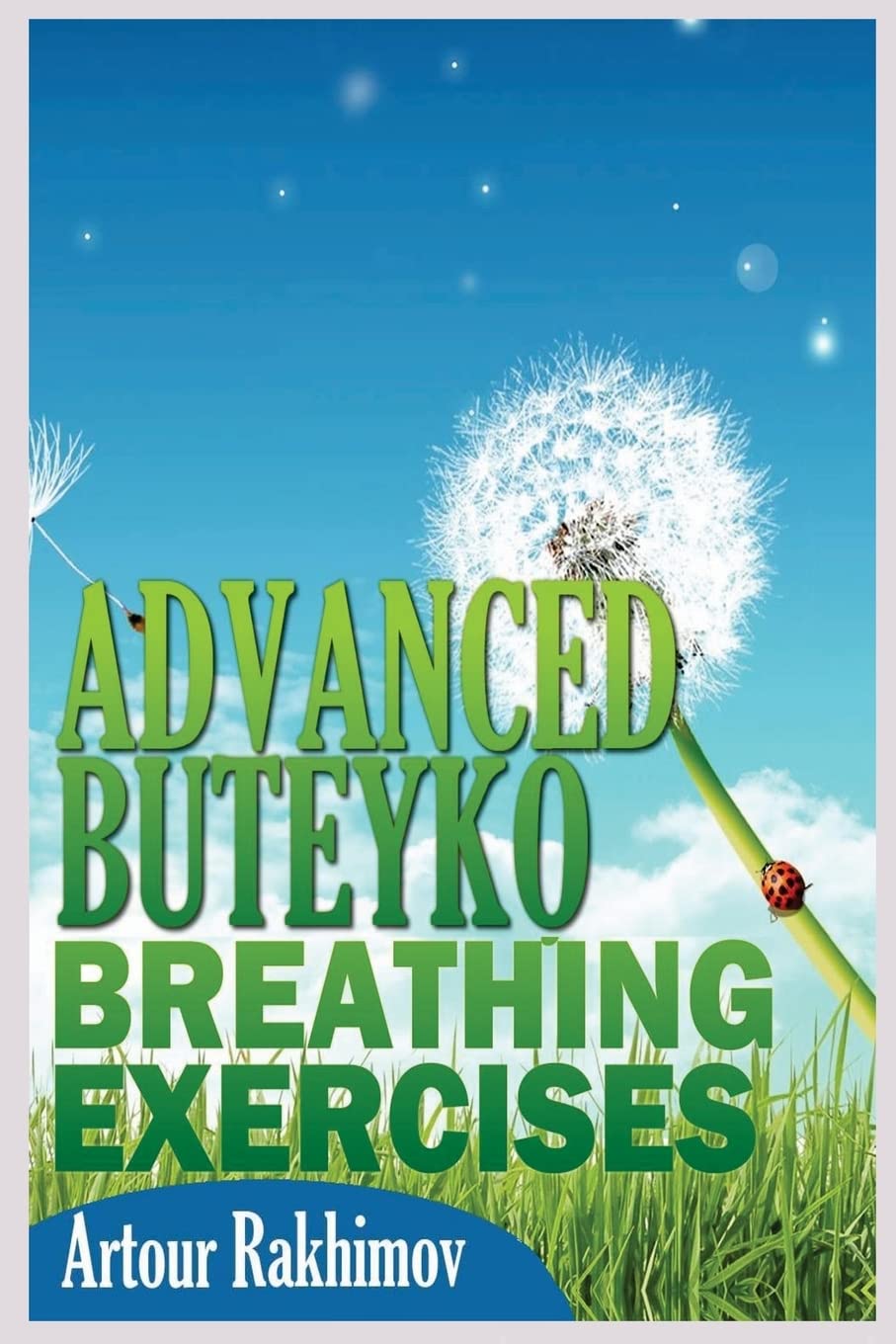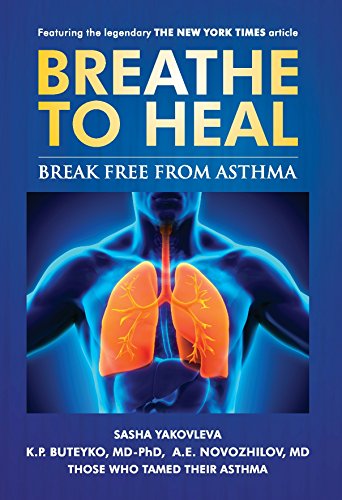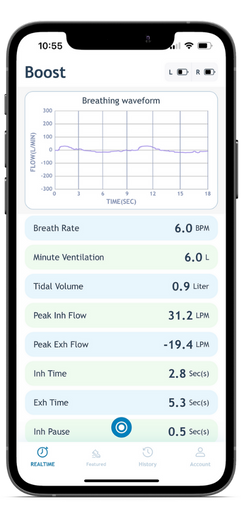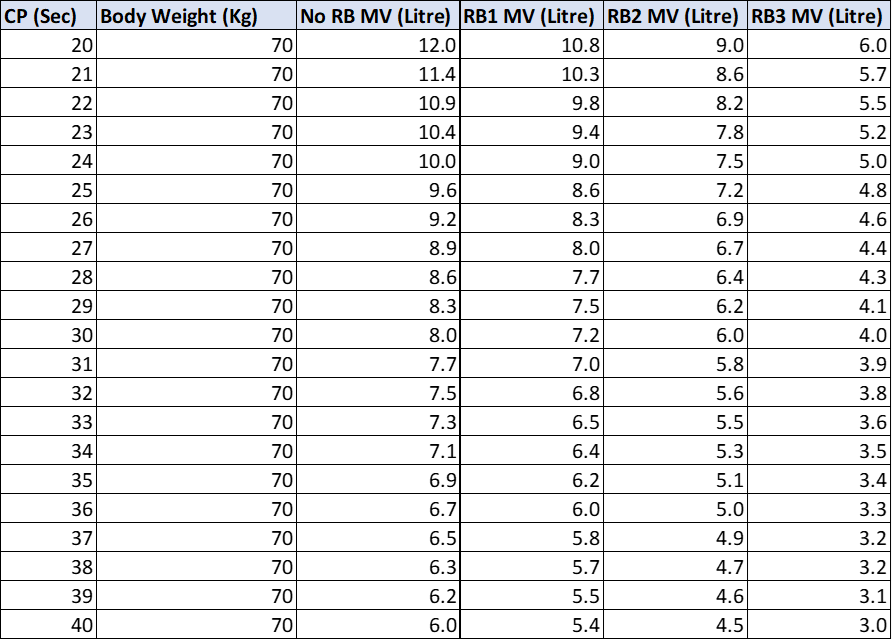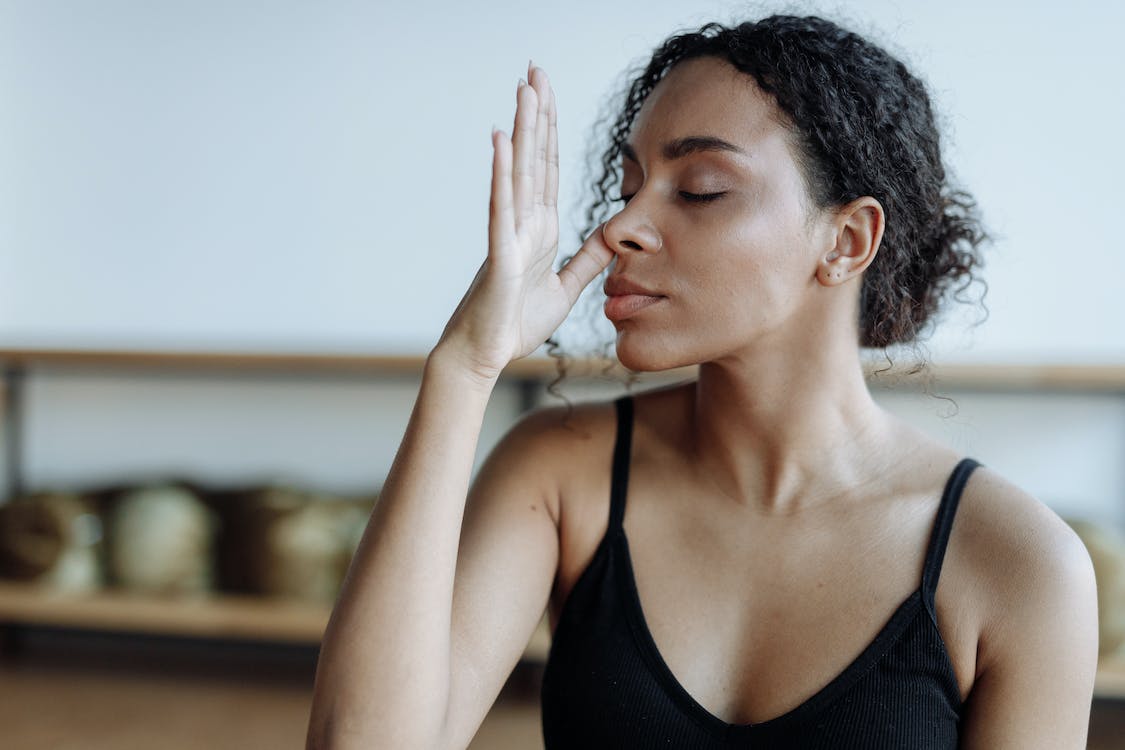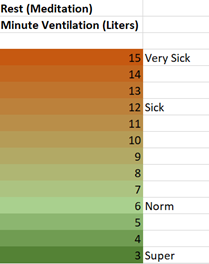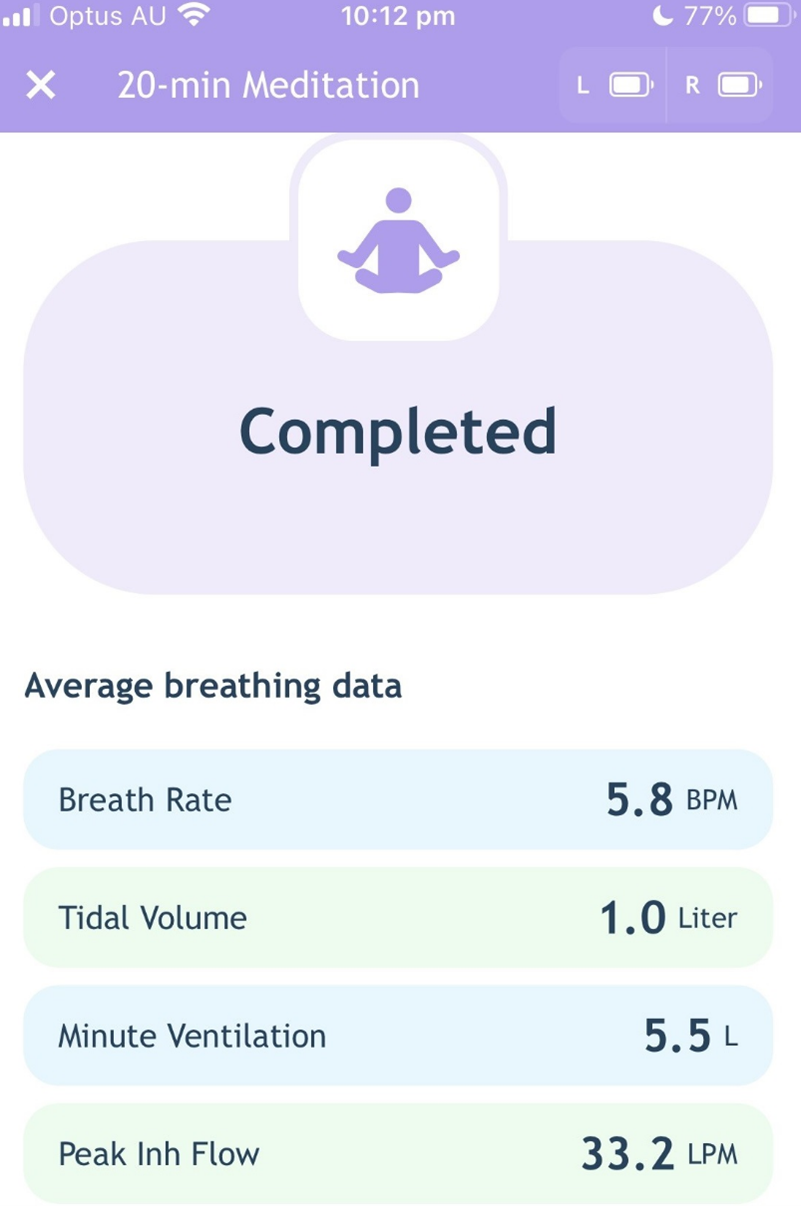How Your Control Pause or Minute Ventilation Relate to Your Health State
The Importance of CO2 in the Body
We all know that when we breathe, we breathe in O2, and breathe out CO2. So common perception of CO2 is that it is a waste gas and must be removed from the body.
However, the truth is that CO2 plays a critical role in our life, and when its level is too low in the lungs, blood, and tissue cells, our body simply can not function properly. Here is a summary of some of the key effects due to low CO2 in the body:
- It shifts pH value in the blood and tissue cells, altering the normal metabolic processes.
- It causes spasms and tension in the smooth muscles of the bronchi, cerebral and circulatory vessels, and other organs, causing asthma, high blood pressure, heart diseases, and other chronic diseases.
- It limits oxygen in the blood from releasing to reach the brain, heart and other vital organs and tissues, causing them chronic oxygen starvation thus affecting their normal functions.
- It affects stable transmission of electrical signals between never cells while exciting them constantly, affecting logic, sense, reason, wisdom, mood, memory, concentration, etc., causing mental and sleep disorders.
Therefore, the CO2 level in the body can be normally used to indicate how healthy the body is.
The Relationship between Control Pause and CO2 level in the Body
In the 1960s, Dr. Buteyko, the physician who created the science-based Buteyko Breathing, discovered and established the relationship between CO2 level in alveoli and the Control Pause (CP) – a specially defined breath-hold measurement by Dr. Buteyko himself. Such a relationship was later defined as a patented formula as below:
aCO2% = 3.5% + 0.05 * CP, where aCO2% is the CO2 concentration in the alveolar, CP is the Control Pause in seconds.
For example, for a physiological norm of aCO2 of 40 mmHg, at sea level of 760 mmHg atmospheric pressure, the corresponding aCO2% is 40/760 = 5.26%.
Applying to the above formula we get CP = 35.2 seconds.
Because CP can be measured with a watch, and provided the measurement is done closely following the defined steps and method, it can be done by everyone easily.
This is why it is one of the most important parameters in Buteyko Breathing to test how well your health state is.
The Link Between the CP and Various Health States
Based on the research from the world-renowned health educator Dr. Artour Rakhimov on Buteyko Breathing, the following table summaries the link between CP to various health states:
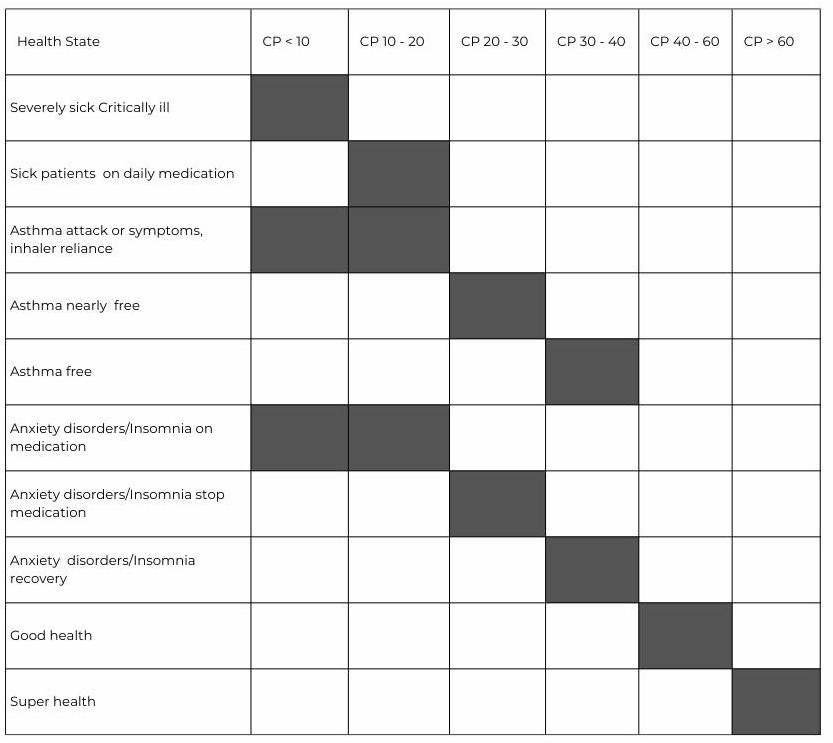
Note:
- The unit for CP is in seconds.
- The correct conditions and steps to measure CP are critical to be representative.
- Morning CP measured on the bed after wake-up is the most reliable condition to measure.
The Link Between Minute Ventilation and Various Health States
Since CO2 level in the body is directly influenced by breathing volume, thus Minute Ventilation (MV), the metric for breathing volume is linked with CO2 level in the body.
Based on Dr. Artour’s research about Buteyko Breathing, we can derive the link following the table below:
For Adult with 70 Kg weight
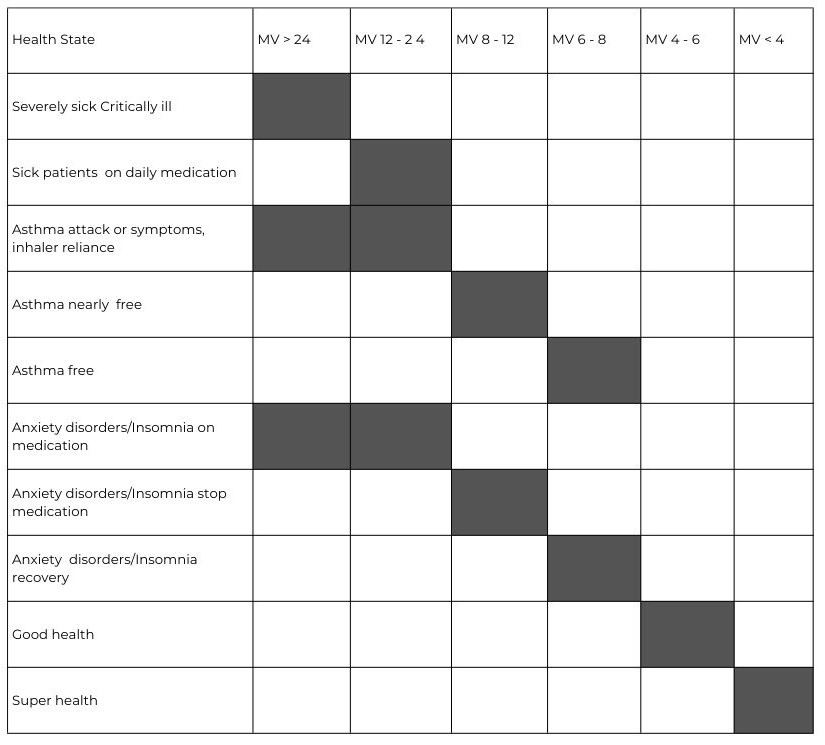
Note:
- The unit of the MV is in Liters.
- The correct breathing conditions and steps are critical to obtain a meaningful MV.
- The breathing needs to be fully relaxed and be observed during the session with near zero air hunger.
- A recommended way is to use the AYO BT+ App ‘Breathing in Meditation’ featured exercise.
- For other weights other than 70 Kg, the values shown in the above table can be proportionally calculated.
Contrary to common heath state monitoring, such as blood pressure, heart rate, blood sugar, blood cholesterol, where each only provides an isolated parameter of the body consisting of a vastly interlinked number of vital factors, the CP or MV provides an accurate overall picture of our health state in a holistic and efficient way. They had been scientifically and clinically proven since Dr. Buteyko and his colleague’s initial discovery and work back in the 1960s, which have benefited hundreds of thousands of patients since. However, they remain the largely unknown health metrics to most people, and the world should now wake up to appreciate and adopt them for the sake of our ultimate health.

